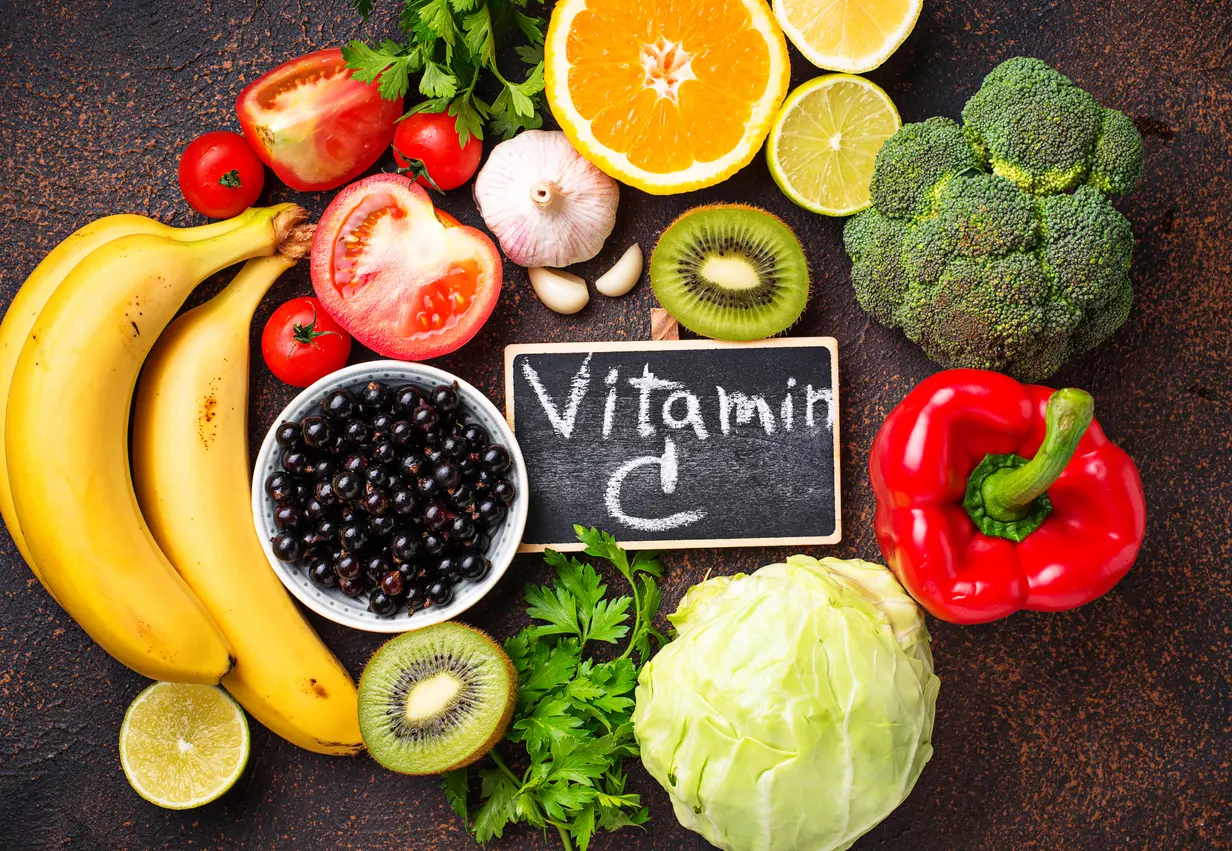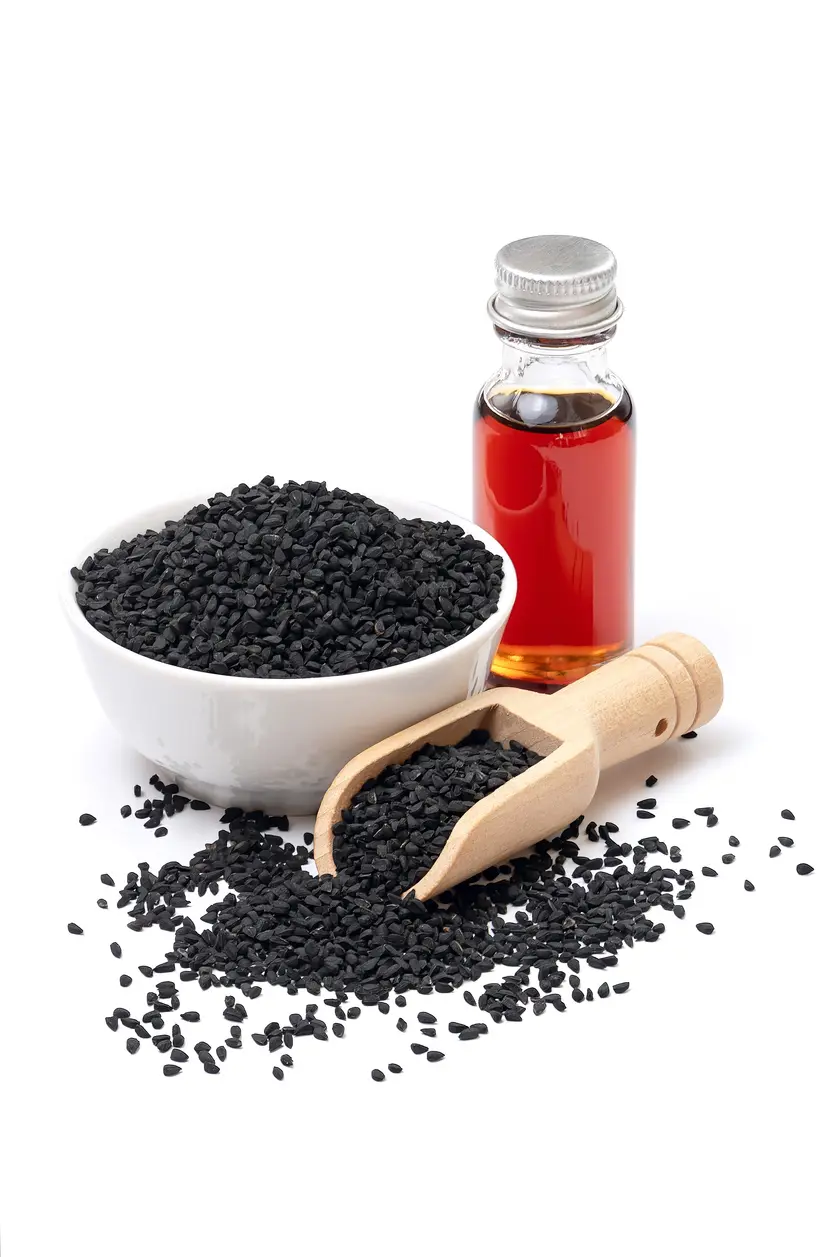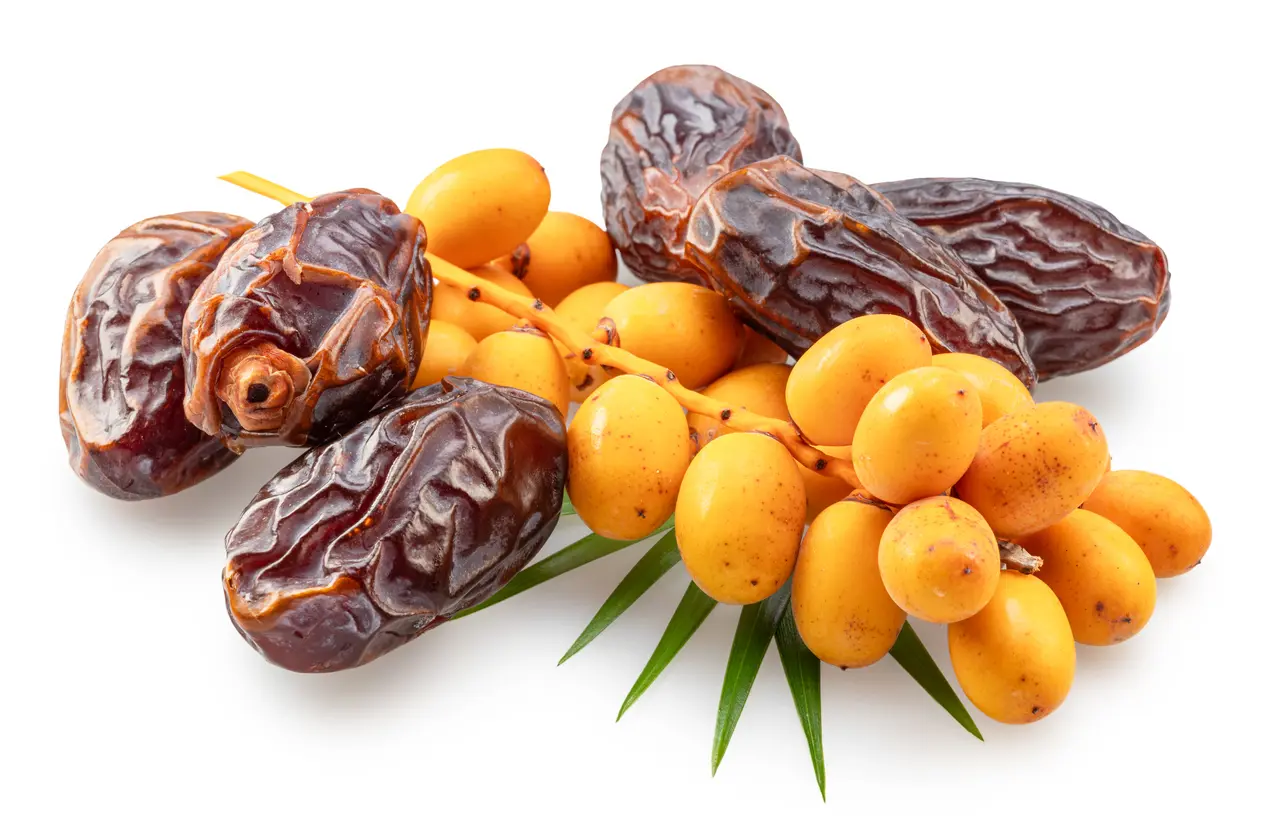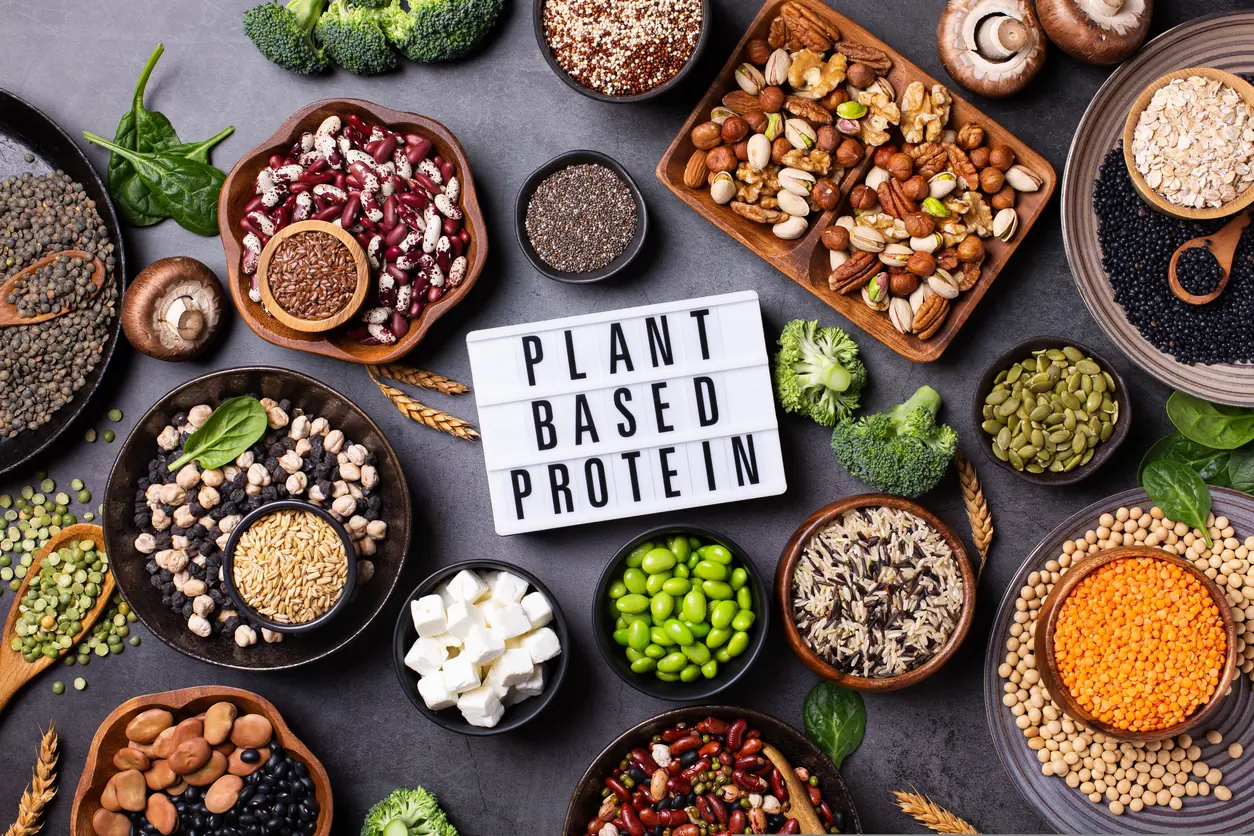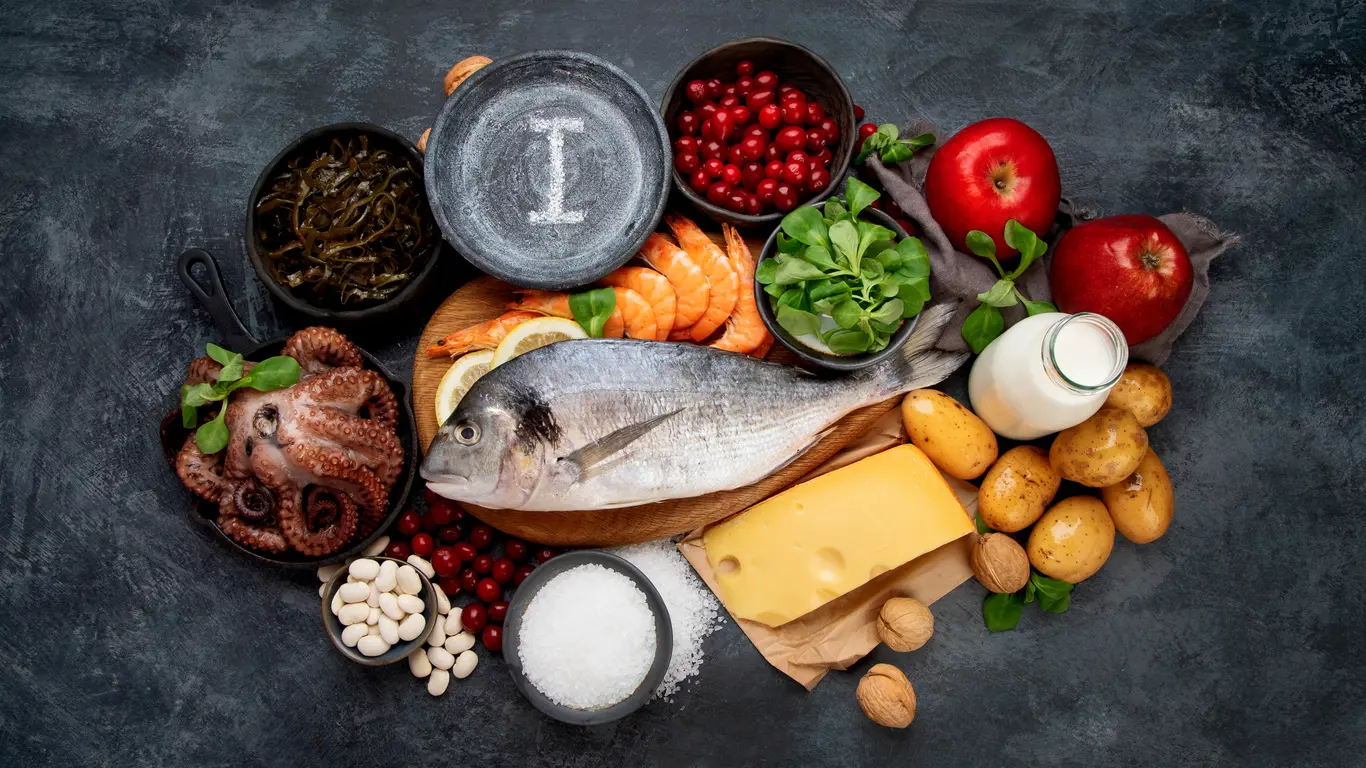20 Foods High In Gluten And Why You Should Avoid Them
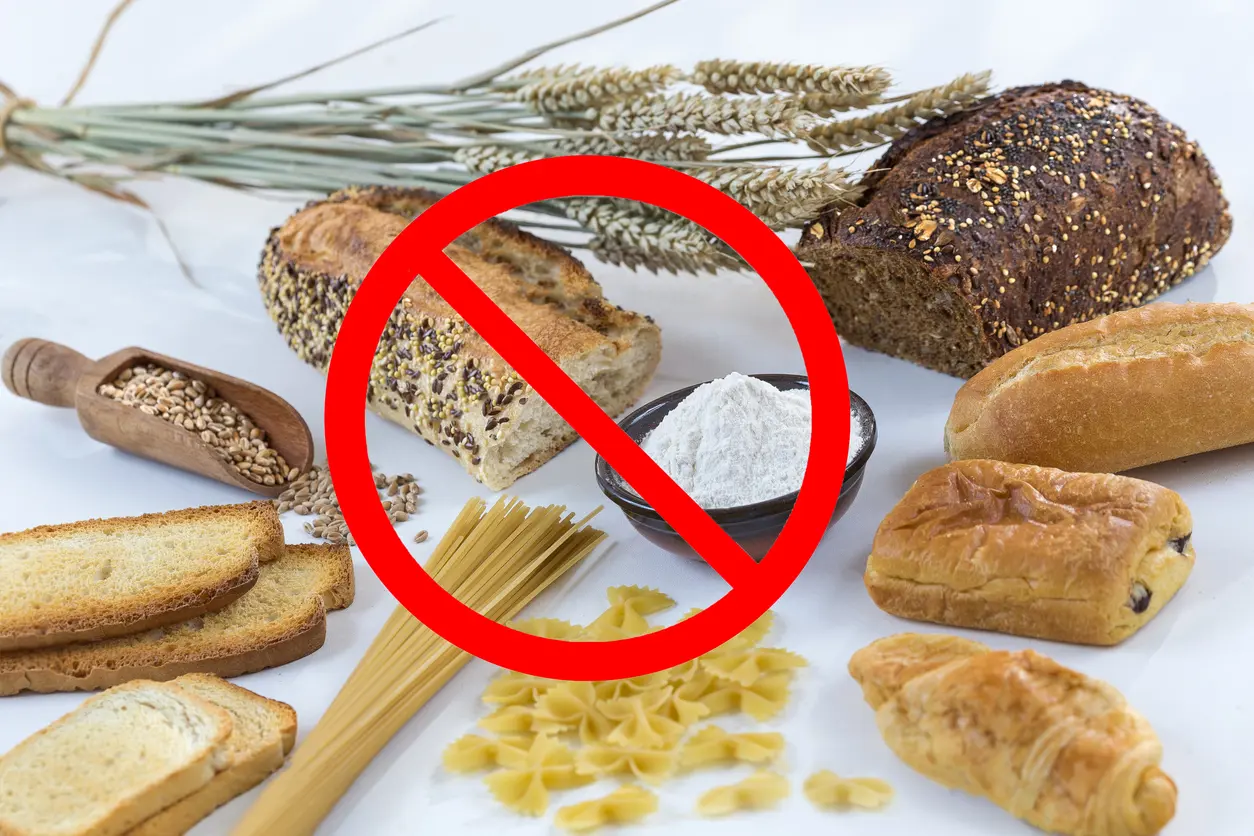
Whether you're navigating a recent diagnosis, experimenting with new dietary changes, or you’re simply curious about how gluten affects your body, you're not alone. Gluten-free diets have gained popularity in recent years, and even people without celiac disease or gluten sensitivity are choosing to cut back on gluten.
While many stores and restaurants now offer a wide array of gluten free options, it can still be hard to keep track of which foods actually have gluten in them.
In this article, we’ll break down what gluten is, who should avoid it, and which common foods contain it (including some hidden ones that might surprise you). Let’s dive in.
What Is Gluten?
Gluten is a group of proteins found naturally in grains like wheat, barley, and rye. This compound is what makes dough stretchy and bread chewy. Think of it as the glue (literally—its name comes from the Latin word for “glue”) that holds many of our favorite carbohydrate-rich foods together. While gluten is naturally found in grains, it’s also added to processed foods, as a thickener, stabilizer, or flavor enhancer. [1] Biesiekierski JR. What is gluten?. J Gastroenterol Hepatol. 2017;32 Suppl 1:78-81. doi:10.1111/jgh.13703
Why Avoid Gluten?
1. Medical Reasons

For some people, gluten can trigger serious health issues. The most well-known condition is celiac disease, an autoimmune disorder in which gluten causes the immune system to attack the small intestine. Left unmanaged, this can lead to nutrient malabsorption, fatigue, anemia, and even long-term damage to the gut lining. [2] Cleveland Clinic. Celiac Disease Doctors and Diagnosis. Cleveland Clinic. Published 2025. Accessed May 23, 2025. Others may have non-celiac gluten sensitivity, which causes symptoms like bloating, brain fog, headaches, and fatigue without the specific immune response seen in celiac disease. [3] Harvard Health Publishing. Considering a gluten-free diet. Harvard Health. Published March 3, 2022. Accessed May 23, 2025.
2. Wellness Trends and Digestive Health
While gluten isn’t believed to be inherently harmful to the general population, many people choose to reduce their intake in order to manage inflammation, improve digestion, or support skin and immune health. [4] Bell KA, Pourang A, Mesinkovska NA, Cardis MA. The effect of gluten on skin and hair: a systematic review. Dermatol Online J. 2021;27(4):13030/qt2qz916r0. Published 2021 Apr 15. Some also find that avoiding gluten helps with energy levels and mental clarity, though research on these effects is still evolving. [5] Edwards George JB, Aideyan B, Yates K, et al. Gluten-induced Neurocognitive Impairment: Results of a Nationwide Study. J Clin Gastroenterol. 2022;56(7):584-591. doi:10.1097/MCG.0000000000001561
20 Common Foods High in Gluten
Below is a list of everyday foods that contain gluten:
1. White and Whole Wheat Bread
Classic sandwich bread is made with wheat flour (don’t be fooled by nutrition marketing labels like “whole grain”). Unless it’s labeled gluten-free, it’s off-limits for gluten-sensitive individuals.
2. Pasta
Traditional pasta is made from semolina, a wheat-derived flour. Even whole wheat, high protein, or vegetable-blend versions still contain gluten.
3. Pizza Crust
Traditional pizza dough is made with high-gluten flour to give it a chewy texture. If you’re cutting back on gluten, try cauliflower crust pizza to get some extra veggies in.
4. Cakes and Pastries
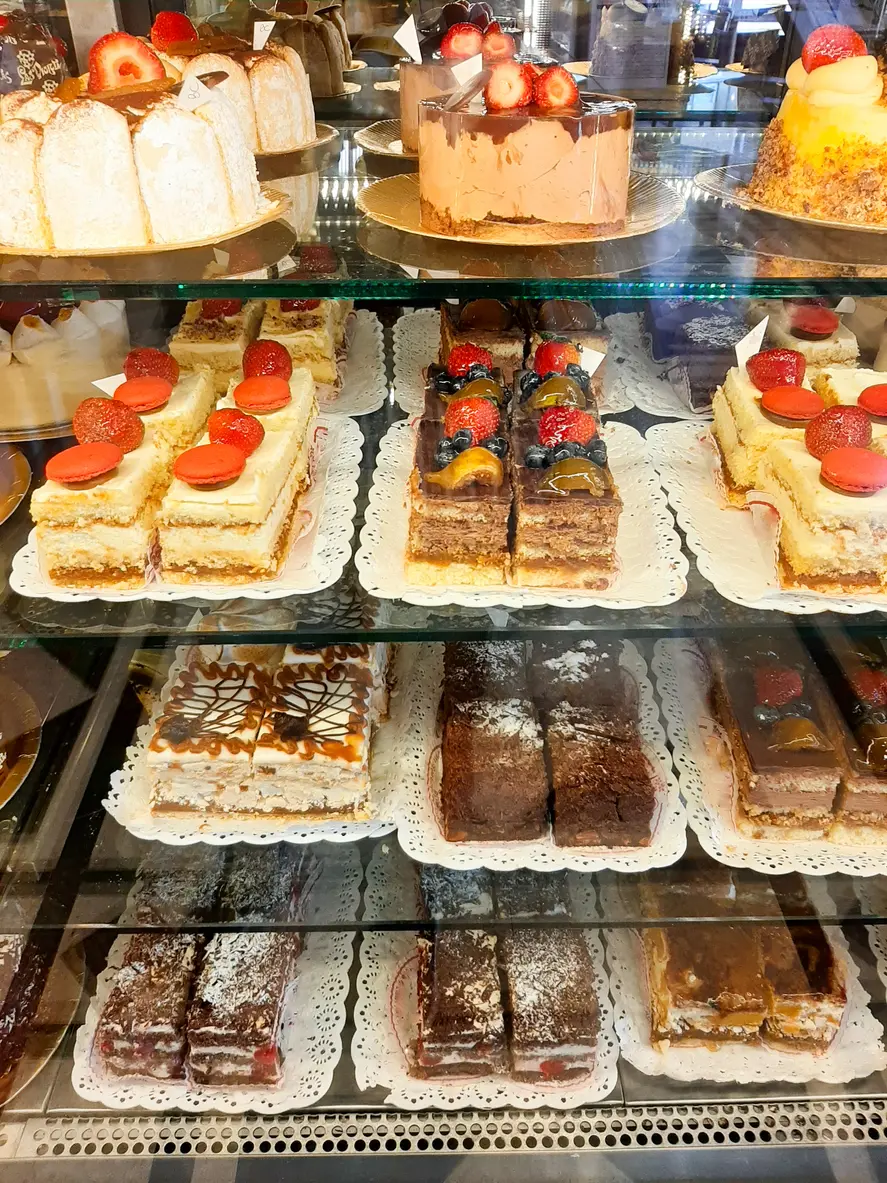
From birthday cake to cream puffs, most baked desserts use all-purpose flour which is wheat-based.
5. Crackers
Saltines, graham crackers, and even “whole grain” varieties contain wheat flour. Gluten-free alternatives like rice flour and even almond flour crackers are available, but you’ll need to double-check the label.
6. Beer
Traditional beers are brewed with barley and hops. Even some light beers contain gluten, though there are gluten-free versions made with rice or sorghum.
7. Soy Sauce
Surprisingly, most soy sauces contain wheat. Opt for a gluten-free version like tamari if you're avoiding gluten.
8. Breakfast Cereals
Many cereals contain wheat or use ingredients like barley malt for flavor. Even “ heart healthy” or “natural” brands can contain hidden gluten. Cereals made with rice, corn, or gluten free oats are your best option.
9. Couscous
Made from semolina, couscous is essentially tiny balls of pasta. It’s often mistaken for a gluten-free grain, but it’s not.
10. Seitan
Also known as "wheat meat," seitan is essentially pure gluten. It’s popular in vegetarian and vegan dishes but should be strictly avoided by anyone with gluten intolerance.
11. Ramen Noodles
Unless they’re labeled gluten-free, ramen noodles are made with wheat flour and should be avoided.
12. Pita Bread
Often used in Mediterranean and Middle Eastern dishes, pita is made from wheat flour and is not gluten-free.
13. Biscuits
Fluffy, buttery biscuits owe their texture to gluten. Gluten-free versions do exist, but are harder to come by, so you always need to read the label.
14. Muffins
From blueberry to banana nut, traditional muffins are another baked good made with all-purpose or whole wheat flour.
15. Tortillas
Unless they’re made from corn, most tortillas are wheat-based and contain gluten.
16. Instant Noodles
Fast and convenient, yes—but most instant noodle cups are made with wheat-based noodles and sometimes include gluten-laden seasoning packets.
17. Processed Lunch Meats
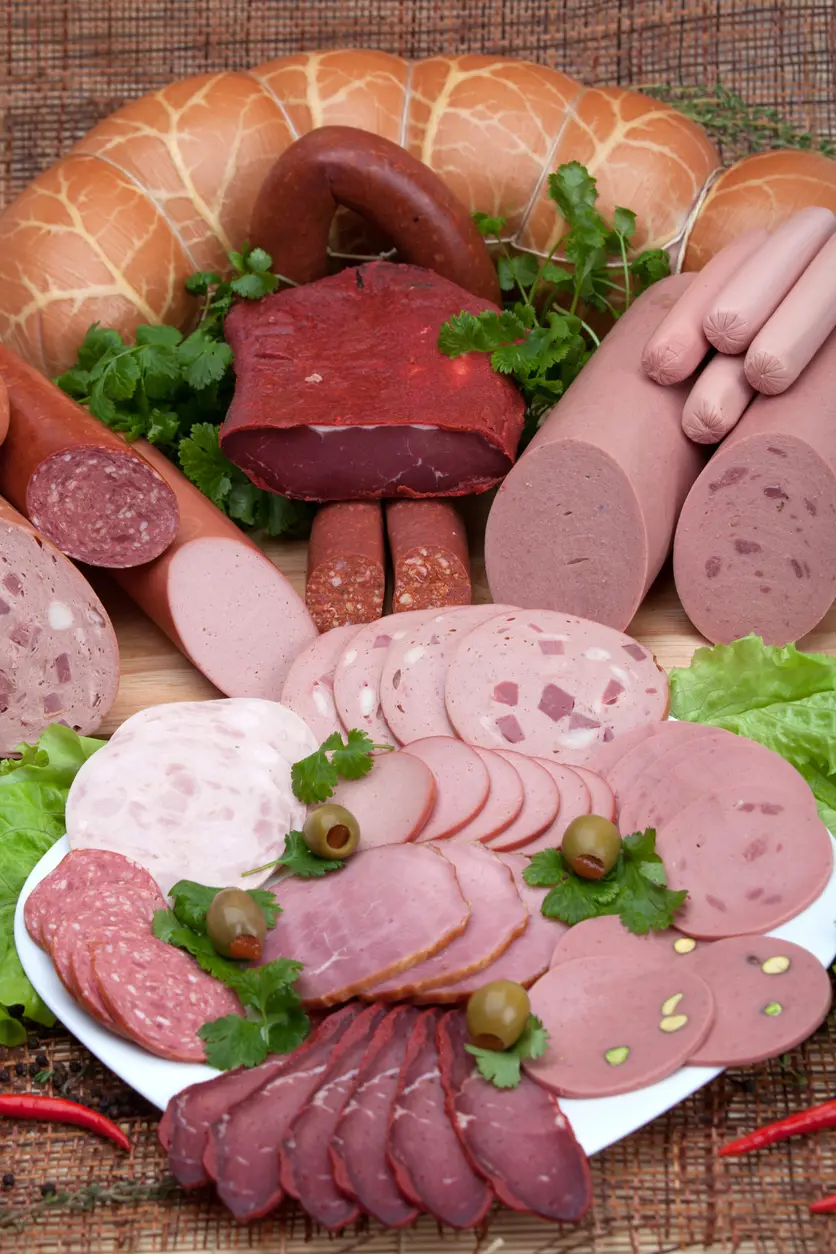
Some deli meats use gluten-containing fillers or additives for texture and shelf life. Keep in mind that ingredients like dextrin and modified food starch may contain gluten. [6] Gluten Intolerance Group. The Gluten-Free Sandwich: Are Cheese and Deli-Meats Safe? Gluten Intolerance Group. Published February 24, 2021. Accessed May 23, 2025. Always look for gluten-free labels when buying packaged meats.
18. Sauces and Gravies
Many gravies and sauces use wheat flour as a thickener. This can include dressings, marinades, and even some tomato sauces. If you’re dining out, make sure to ask your server if your dish is gluten free.
19. Pancakes and Waffles
In general, boxed mixes and restaurant versions use wheat flour. The good new is gluten-free mixes are widely available. Try versions that use almond flour or amaranth for added fiber.
20. Granola Bars
While oats themselves are gluten-free, granola bars often contain additives like malt or are processed on shared equipment, increasing the risk of cross-contamination. [7] Thompson T, Keller A. Gluten cross contact in oats: retrospective database analysis 2011 to 2023. Front Nutr. 2023;10:1284636. Published 2023 Nov 22. doi:10.3389/fnut.2023.1284636 Always look for certified gluten-free oats when reading ingredient labels
Hidden Sources of Gluten
Gluten can be found in places you might not expect. Here are the most common sneaky sources of gluten:
- Pre-packaged spice mixes
- Flavored coffee creamers
- Imitation seafood
- Candy
- Vegetarian meat substitutes
The trickiest part? Gluten may be listed under less obvious names like “hydrolyzed wheat protein” or “malt extract.” [8] Coeliac UK. Barley malt vinegar and barley malt extract – suitable for a gluten free diet? Coeliac UK. Published February 24, 2021. Accessed May 23, 2025. If you’re committed to cutting gluten from your diet, work with a dietitian to set yourself up for success.
Tips for Reading Labels
- Look for the gluten-free certification symbol whenever possible.
- Avoid products that list wheat, barley, rye, malt, or brewer’s yeast unless specifically marked gluten-free.
- Check allergen statements on labels (they often indicate wheat but not always barley or rye)
- When in doubt, check the company’s website or contact customer service.
Tips for Avoiding Gluten
Making the shift to a gluten-free lifestyle can feel overwhelming at first, but it’s totally manageable with a few simple strategies:
Focus on Whole Foods
Naturally gluten-free foods include:
- Fruits and vegetables
- Legumes
- Nuts and seeds
- Eggs
- Meat and poultry (unprocessed)
- Fish
- Gluten-free whole grains like quinoa, brown rice, buckwheat, and millet
Choose Certified Gluten-Free Products
- Look for certification from trusted organizations like the Gluten-Free Certification Organization (GFCO) to ensure products are tested to contain less than 10 ppm of gluten. [9] Gluten-Free Certification Organization. Gluten-Free Certification Organization. GFCO. Published 2025. Accessed May 23, 2025.
Be Aware of Potential Cross-Contamination
- Even tiny amounts of gluten can cause a reaction in those with celiac disease. [10] Ben Houmich T, Admou B. Celiac disease: Understandings in diagnostic, nutritional, and medicinal aspects. International Journal of Immunopathology and Pharmacology. 2021;35. doi:10.1177/20587384211008709 By using separate cutting boards, toasters, and condiments you can avoid cross-contact.
Conclusion
If you’re managing celiac disease, gluten sensitivity, or simply exploring a gluten-free lifestyle, knowing hidden sources of gluten is the first big step. From obvious sources like bread and pasta to sneakier culprits like soy sauce and spice blends, understanding what to avoid can significantly impact your health.
Not sure where to start or which swaps to make? Consider working with a dietitian to develop a personalized plan just for you.
Was this article helpful?
-
What is gluten?. J Gastroenterol Hepatol. 2017;32 Suppl 1:78-81. doi:10.1111/jgh.13703; Biesiekierski JR. ;
https://pubmed.ncbi.nlm.nih.gov/28244676/ -
Cleveland Clinic. Celiac Disease Doctors and Diagnosis. Cleveland Clinic. Published 2025. Accessed May 23, 2025. ;
https://my.clevelandclinic.org/departments/digestive/depts/celiac-disease -
Harvard Health Publishing. Considering a gluten-free diet. Harvard Health. Published March 3, 2022. Accessed May 23, 2025. ;
https://www.health.harvard.edu/diseases-and-conditions/considering-a-gluten-free-diet -
The effect of gluten on skin and hair: a systematic review. Dermatol Online J. 2021;27(4):13030/qt2qz916r0. Published 2021 Apr 15.; Bell KA, Pourang A, Mesinkovska NA, Cardis MA. ;
https://pubmed.ncbi.nlm.nih.gov/33999573/ -
Gluten-induced Neurocognitive Impairment: Results of a Nationwide Study. J Clin Gastroenterol. 2022;56(7):584-591. doi:10.1097/MCG.0000000000001561; Edwards George JB, Aideyan B, Yates K, et al.;
https://pubmed.ncbi.nlm.nih.gov/34049371/ -
Gluten Intolerance Group. The Gluten-Free Sandwich: Are Cheese and Deli-Meats Safe? Gluten Intolerance Group. Published February 24, 2021. Accessed May 23, 2025. ;
https://gluten.org/2021/02/24/the-gluten-free-sandwich/ -
Gluten cross contact in oats: retrospective database analysis 2011 to 2023. Front Nutr. 2023;10:1284636. Published 2023 Nov 22. doi:10.3389/fnut.2023.1284636; Thompson T, Keller A.;
https://www.frontiersin.org/journals/nutrition/articles/10.3389/fnut.2023.1284636/full -
Coeliac UK. Barley malt vinegar and barley malt extract – suitable for a gluten free diet? Coeliac UK. Published February 24, 2021. Accessed May 23, 2025. ;
https://www.coeliac.org.uk/blog/barley-malt-vinegar-and-barley-malt-extract/ -
Gluten-Free Certification Organization. Gluten-Free Certification Organization. GFCO. Published 2025. Accessed May 23, 2025.;
https://gfco.org/ -
Ben Houmich T, Admou B. Celiac disease: Understandings in diagnostic, nutritional, and medicinal aspects. International Journal of Immunopathology and Pharmacology. 2021;35. doi:10.1177/20587384211008709;
https://pubmed.ncbi.nlm.nih.gov/33878915/




